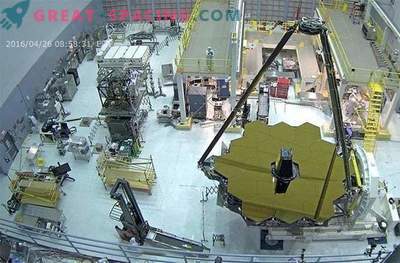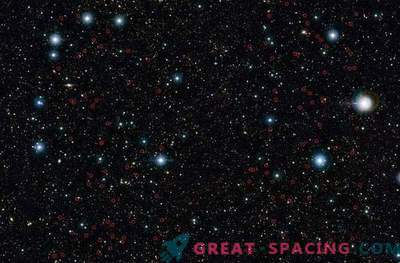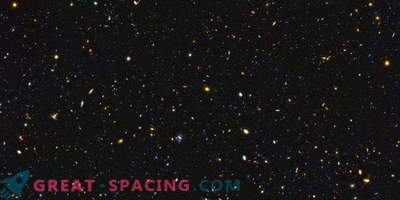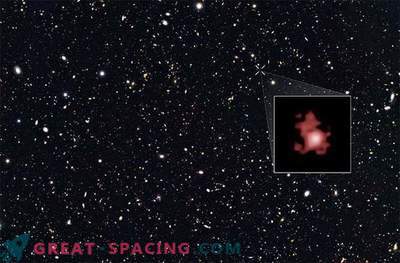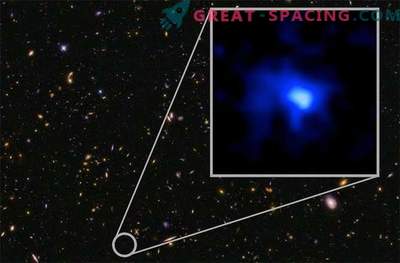
ESA will consider a space mission aimed at addressing the fundamental questions of how galaxies and planetary systems originate and evolve. The project was named SPICA (Space IR Telescope for Cosmology and Astrophysics). He will be a candidate for the next space mission of the middle class. The launch is scheduled for the end of the next decade. A joint European-Japanese observatory will be developed over the next two years, together with the other two missions-applicants.
Unlike visible light, infrared radiation is not absorbed by dust penetrating the Universe. As a result, observations in the infrared range can reveal the hidden Universe, allowing scientists to peer deep into the inner regions of galaxies, star clouds, and planet formation systems. The SPICA Observatory will be endowed with a 2.5-meter telescope cooled a few degrees higher than the absolute zero. Extremely sensitive detectors will allow to study objects in the most remote limits of space. Cardiff University scientists will join forces with nearly 20 institutes from 15 countries to create one of the tools - SAFARI.
Cardiff researchers will provide key optical components for selecting and controlling the wavelength of light. They are working with the University of Cambridge to develop part of the superconducting detector SAFARI.
